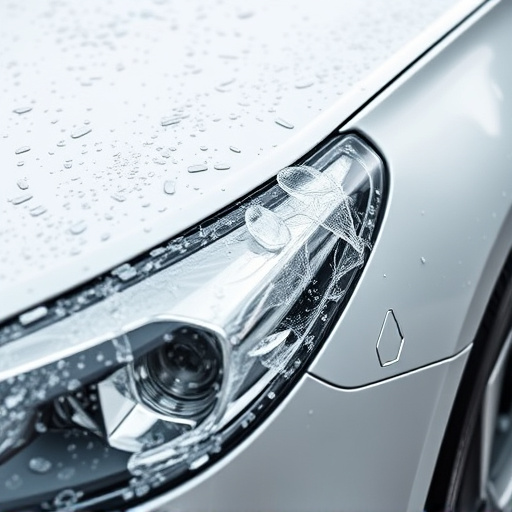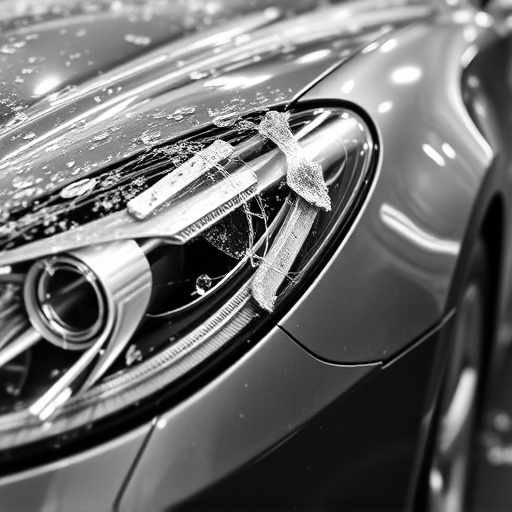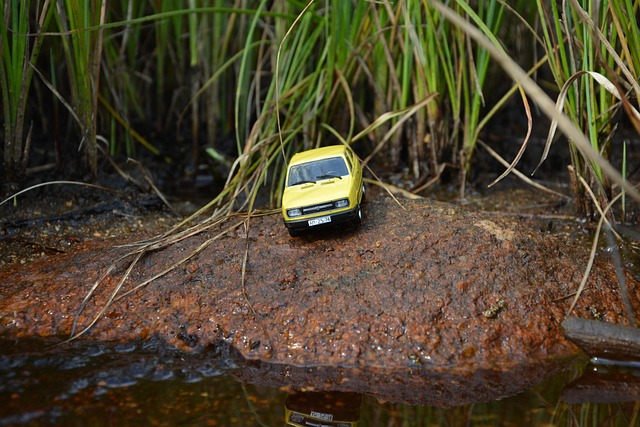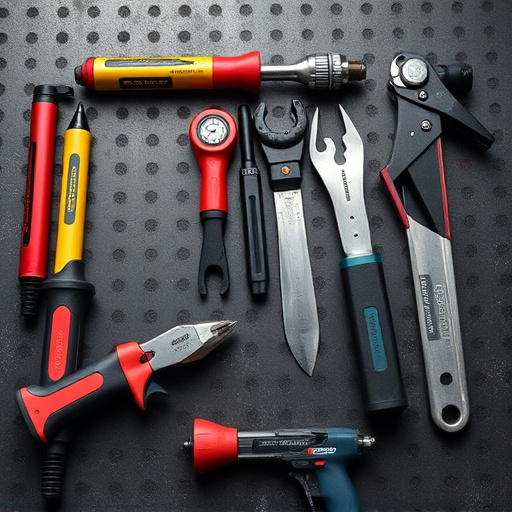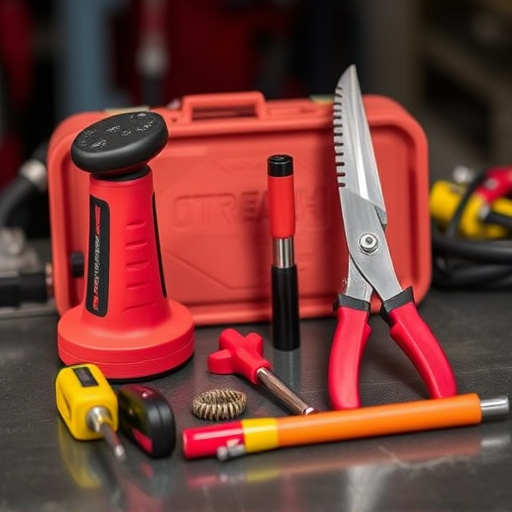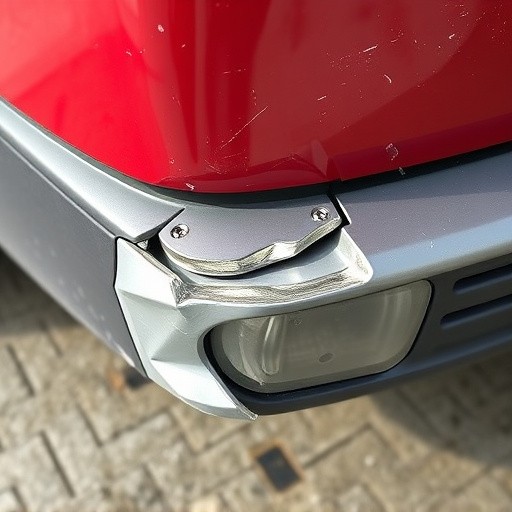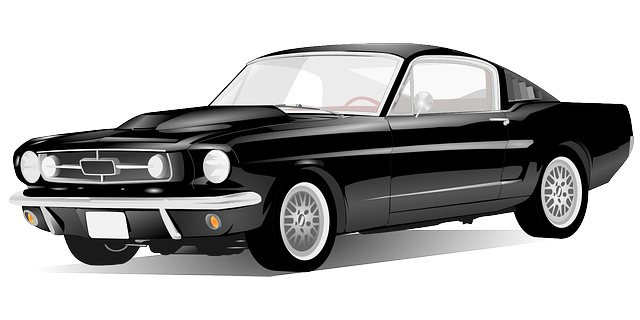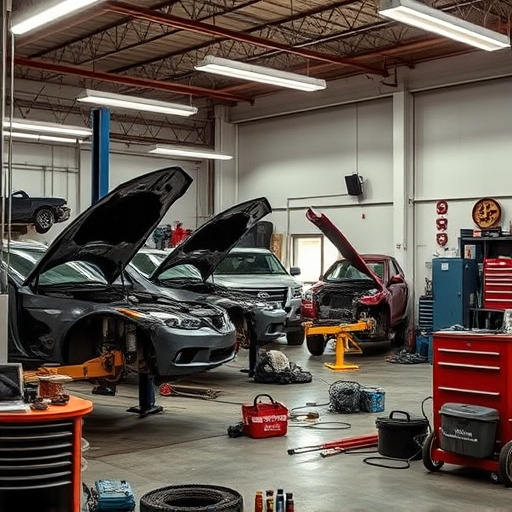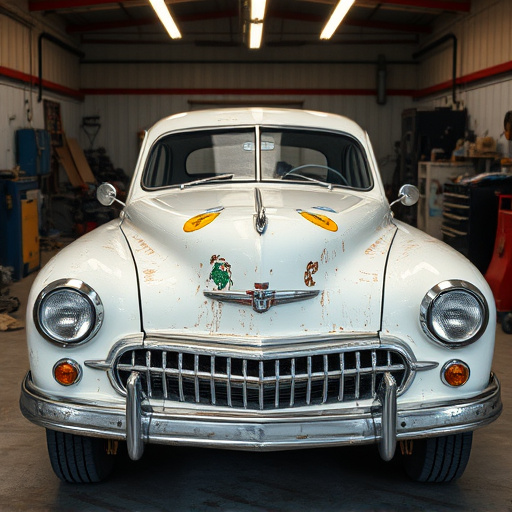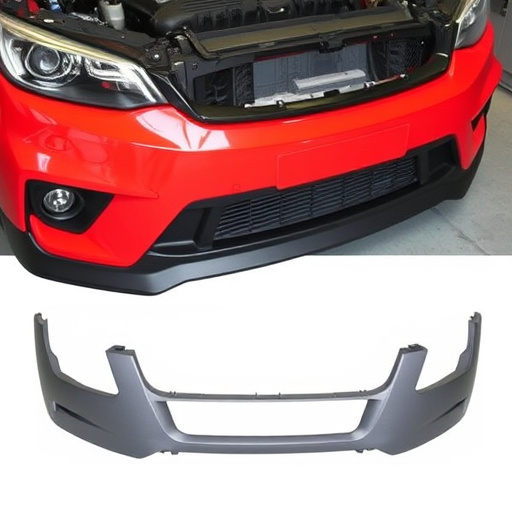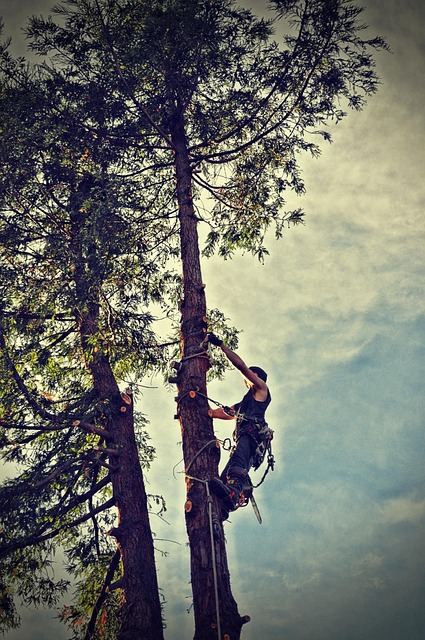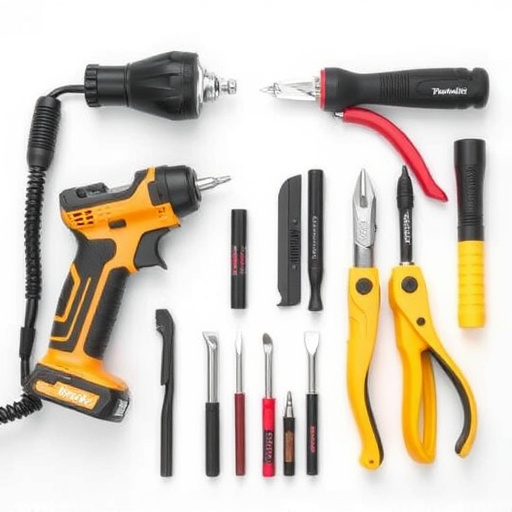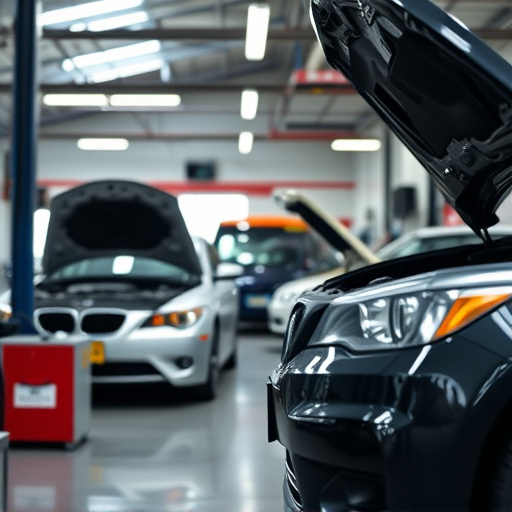Tesla's Fender Camera Alignment system uses advanced algorithms to precisely map vehicle surfaces, crucial for after-market repairs like paintless dent repair. Adhering to OEM positioning guidelines ensures optimal performance of ADAS safety features. Common issues arise from sensor displacement post-collision, resolved by securing hardware and following guidelines for realignment. Regular maintenance prevents future problems.
“Uncover the secrets of Tesla’s fender camera alignment—a key component in their advanced driver-assistance systems (ADAS). This comprehensive guide delves into the fundamentals, offering insights into how these cameras play a pivotal role in safety features. We explore OEM positioning guidelines for optimal performance, providing step-by-step troubleshooting tips to address common alignment issues. By understanding these principles, owners can ensure their Tesla’s ADAS functions at peak efficiency.”
- Understanding Tesla Fender Camera Alignment Basics
- OEM Positioning Guidelines for Optimal Performance
- Troubleshooting Common Alignment Issues and Tips
Understanding Tesla Fender Camera Alignment Basics
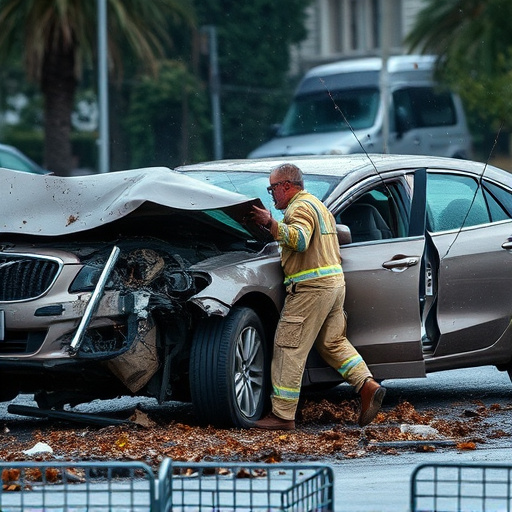
Tesla Fender Camera Alignment is a sophisticated system designed to ensure accurate and precise positioning of exterior components, particularly fenders. This technology plays a pivotal role in both manufacturing and after-market repairs, such as paintless dent repair. The cameras act as visual guides, helping to align parts with remarkable accuracy, which is crucial for maintaining the vehicle’s aesthetic appeal.
Understanding this alignment process involves grasping how the camera system identifies and references specific points on the car body. It leverages advanced algorithms to map the vehicle’s surface, enabling it to detect even minor variations in shape or position. This knowledge is particularly valuable for car dent repair professionals, as they can leverage these guidelines to restore original factory positioning, ensuring a seamless fit that leaves no trace of damage, much like a paintless dent repair specialist would.
OEM Positioning Guidelines for Optimal Performance
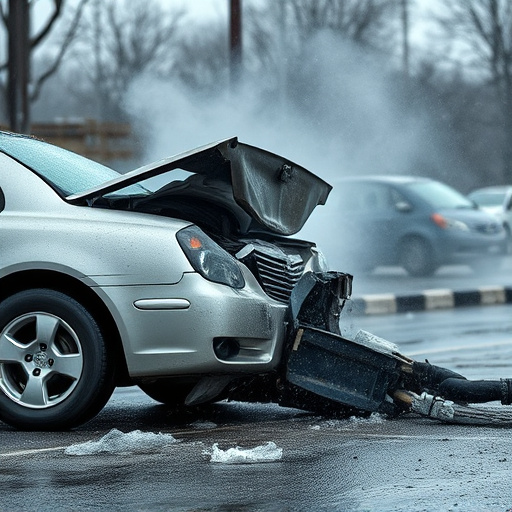
Achieving optimal performance with Tesla’s fender camera alignment requires adherence to strict OEM positioning guidelines. These guidelines ensure that the cameras are perfectly aligned with the vehicle’s sensors, enabling accurate and reliable detection for advanced driver-assistance systems (ADAS). When properly aligned, the cameras can seamlessly capture critical data, enhancing safety features such as automatic emergency braking, lane departure warnings, and adaptive cruise control.
Following these OEM positioning standards is crucial, even when considering services like auto collision center repairs or routine auto maintenance. Maintaining accurate camera alignment not only optimizes the functionality of ADAS but also prevents issues related to car dent repair that could occur due to misaligned sensors. Regular checks and adjustments, similar to those performed during professional auto maintenance, are essential to keeping the Tesla’s safety systems operating at peak efficiency.
Troubleshooting Common Alignment Issues and Tips
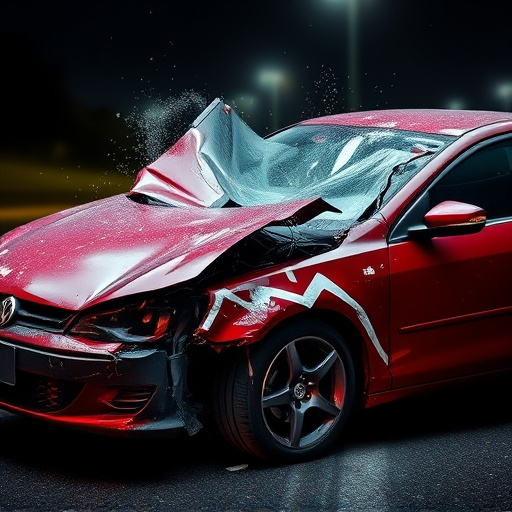
When it comes to Tesla fender camera alignment, troubleshooting common issues can be a complex task. Many owners often encounter problems aligning their vehicle’s cameras after a car collision repair or routine car body repair. A misaligned camera might result in poor image quality or even prevent the system from functioning altogether. One of the primary causes is usually the impact during a collision, which can dislocate sensors and lenses.
To resolve these issues, start by ensuring all hardware components are securely fastened. Check for any loose connections or damaged parts, especially after a collision repair. Use OEM positioning guidelines as a reference to re-align the camera accurately. Regular maintenance and prompt attention to any unusual behavior can significantly reduce alignment problems. For more severe cases, consider seeking professional collision repair services that specialize in precision restoration of vehicle systems, ensuring your Tesla’s safety features function optimally.
Tesla’s fender camera alignment is a key component of autonomous driving performance. By understanding the OEM positioning guidelines outlined in this article, drivers can ensure their vehicles are optimized for safe and efficient self-driving capabilities. Regularly troubleshooting common alignment issues will help maintain peak performance, ensuring your Tesla continues to navigate with precision and reliability. Remember, proper fender camera alignment is essential for a seamless autonomous driving experience.
